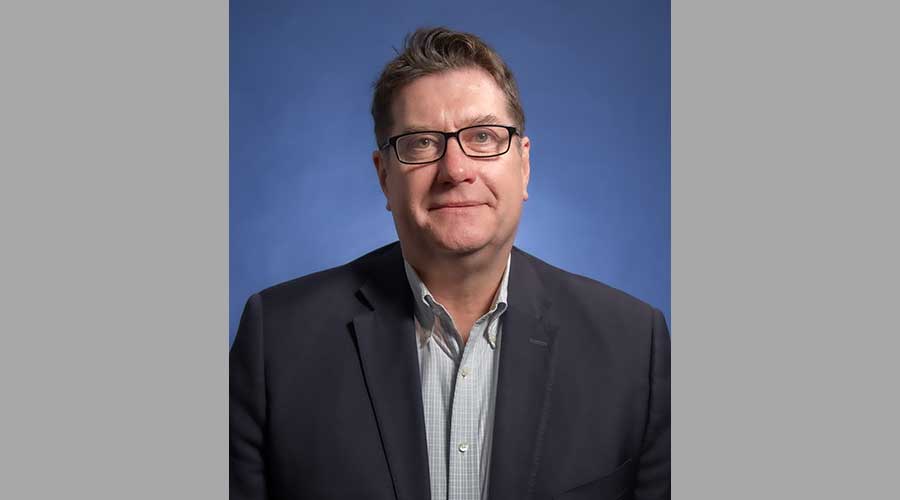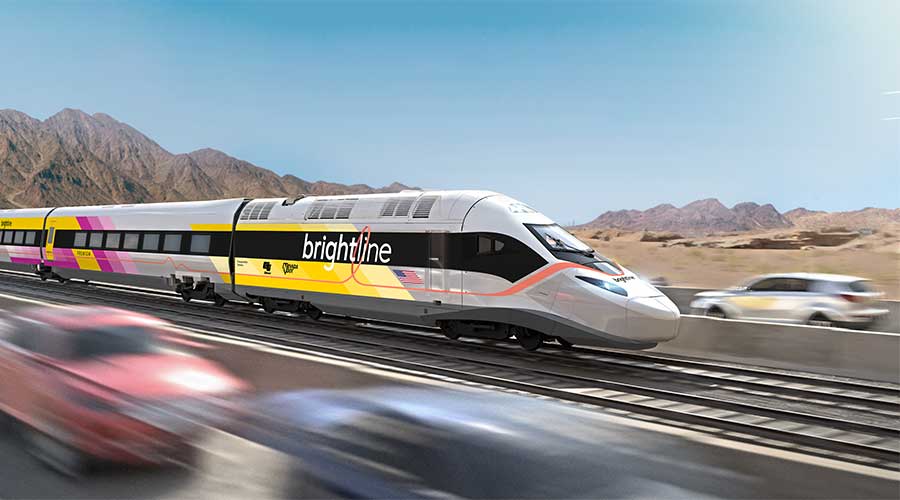Stay updated on news, articles and information for the rail industry
January 2021
Rail News: Passenger Rail
WMATA’s research practice provides new perspectives

By Vesna Brajkovic, Associate Editor
When the COVID-19 pandemic hit Washington, D.C. in March 2020, the demand for research surged at the Washington Metropolitan Area Transit Authority (WMATA) as the agency’s leaders confronted the challenge of maintaining safe rail service while ridership and revenue plummeted.
They needed insight into how other transit agencies across the country were operating during a pandemic, and called on WMATA’s internal benchmarking practice to guide them.
Created nearly two years ago, the benchmarking research practice provides WMATA departments with a centralized research function that makes recommendations and offers information so that agency leaders can make more informed decisions.
Led by Senior Manager of Transit Performance Anthony Harris and supported by Senior Performance Analyst Tranell Griffin, the practice calls on peer agencies to submit input on various challenges and topics, then summarizes and presents the findings to internal departments. Later, the practice staffers follow up to discuss how the research helped prompt a policy change, operational improvement or other outcome.
In 2020, WMATA benchmarked with such agencies as MTA New York City Transit (NYCT), Bay Area Rapid Transit in San Francisco and TransLink in Vancouver, British Columbia, to help guide decisions to improve rider safety in the pandemic. The practice gathered input on social distancing standards on rail cars, face mask requirements, the acquisition and placement of hand sanitizer dispensers at rail stations, air decontamination in cars, car cleaning procedures and technologies, and rail operator safety measures.
The practice sent out a survey last year to peer agencies to gauge how they are adjusting their analytical reporting during the pandemic, given that the results of so many operational measures have been skewed due to the adverse impact COVID-19 has had on operating environments, Harris said in an email.
A virtual experience
WMATA officials were particularly interested in the responses from NYCT and TransLink, so Harris set up a virtual knowledge sharing session among the agencies to discuss how they were handling the shared challenge, he said.
Called peer knowledge exchanges, the sessions allow WMATA officials and other agencies to examine more closely the research Harris and Griffin collected.
WMATA has conducted such sessions with NYCT to discuss how to prioritize capital investments under tight budget constraints, and with the Maryland Transit Administration to talk about the development of an equity report.
Learning from others
The practice also researched other agencies to compare the cost of WMATA’s car maintenance program in relation to reliability, and found that the agency was on par with similar-sized agencies.
Practice staffers also gathered information on how other agencies use ultrasound testing and other track inspection methods to detect rail flaws; and if other passenger-rail agencies and freight railroads use unmanned aerial vehicles, or drones, to monitor asset conditions.
WMATA learned that such drone operations were more common among freight railroads, but were only making headway in the passenger-rail industry.


 2025 MOW Spending Report: Passenger-rail programs
2025 MOW Spending Report: Passenger-rail programs
 Gardner steps down as Amtrak CEO
Gardner steps down as Amtrak CEO
 Guest comment: Oliver Wyman’s David Hunt
Guest comment: Oliver Wyman’s David Hunt
 Women of Influence in Rail eBook
Women of Influence in Rail eBook
 railPrime
railPrime







